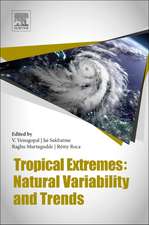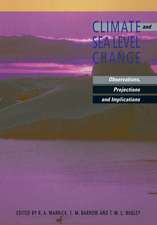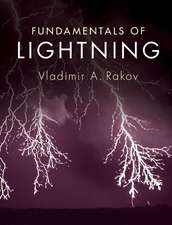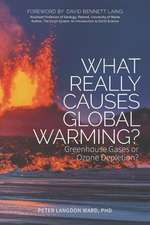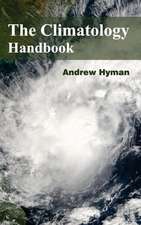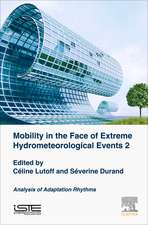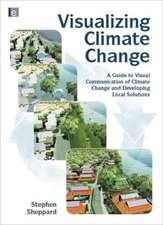Climate Analysis
Autor Chester F. Ropelewski, Phillip A. Arkin, Sren Limba Engleză Hardback – 16 ian 2019
Preț: 426.27 lei
Nou
Puncte Express: 639
Preț estimativ în valută:
81.59€ • 88.66$ • 68.58£
81.59€ • 88.66$ • 68.58£
Carte disponibilă
Livrare economică 01-15 aprilie
Preluare comenzi: 021 569.72.76
Specificații
ISBN-13: 9780521896160
ISBN-10: 0521896169
Pagini: 362
Ilustrații: 38 b/w illus. 14 maps
Dimensiuni: 168 x 253 x 23 mm
Greutate: 0.91 kg
Editura: Cambridge University Press
Colecția Cambridge University Press
Locul publicării:Cambridge, United Kingdom
ISBN-10: 0521896169
Pagini: 362
Ilustrații: 38 b/w illus. 14 maps
Dimensiuni: 168 x 253 x 23 mm
Greutate: 0.91 kg
Editura: Cambridge University Press
Colecția Cambridge University Press
Locul publicării:Cambridge, United Kingdom
Cuprins
Foreword Antonio J. Busalacchi, Jr; Preface; List of abbreviations and acronyms; 1. Earth's climate system; 2. Climate analysis: goals and methods; 3. Climate analysis: atmospheric instruments, observations, and datasets; 4. Climate variability; 5. Climate change; 6. Temperature: building climate datasets; 7. Precipitation: combining in-situ and remotely-sensed observations in constructing climate datasets; 8. Ocean climate datasets; 9. Cryosphere; 10. Land component of the climate system; 11. Climate models as information sources and analysis tools; 12. Operational climate monitoring and prediction; Appendix A. A short guide to some statistics used in climate analysis; Appendix B. Vorticity/divergence, stream function/velocity potential; Appendix C. Preliminary examination of the data; Appendix D. Components of the mean water budget; Glossary; References; Index.
Recenzii
'It is written by two highly qualified authors who have made substantive contributions to climate science … an accessible survey and a useful addition to the literature; the information contained is well organized.' S. C. Pryor, Choice
Notă biografică
Descriere
Explains how climatologists have come to understand current climate variability and trends through analysis of observations, datasets and models.

